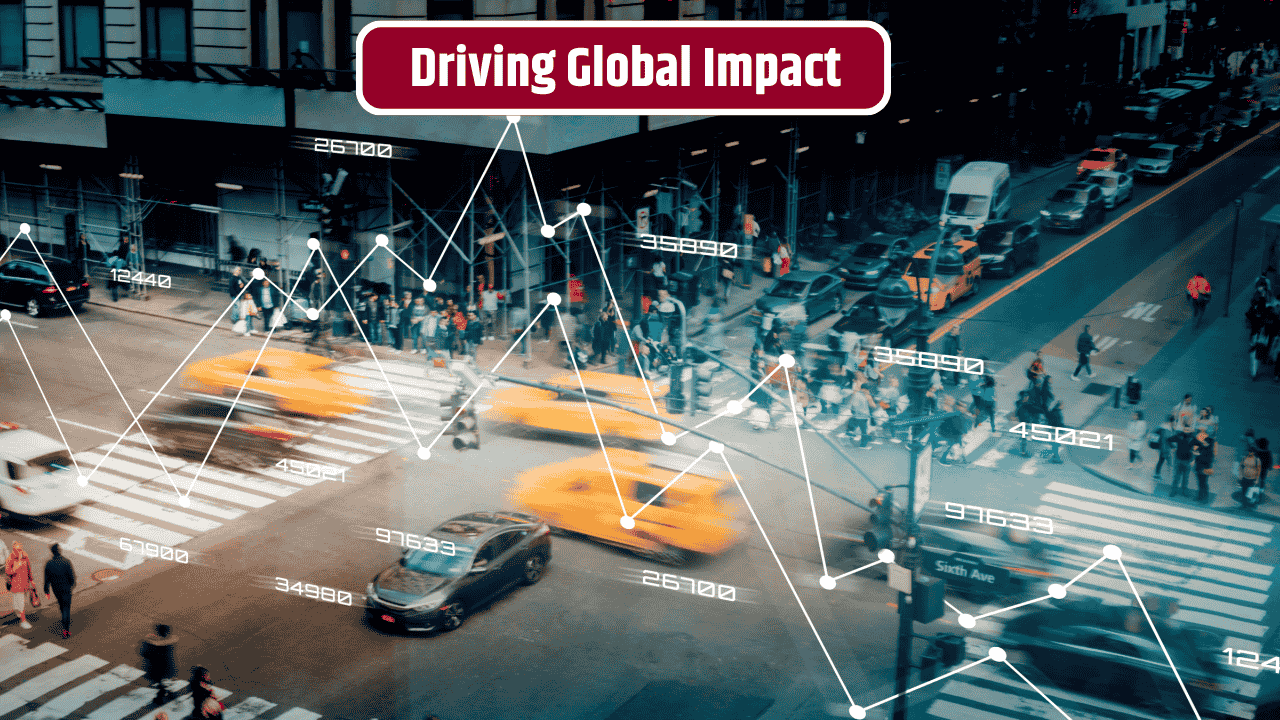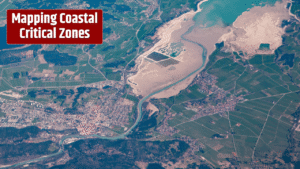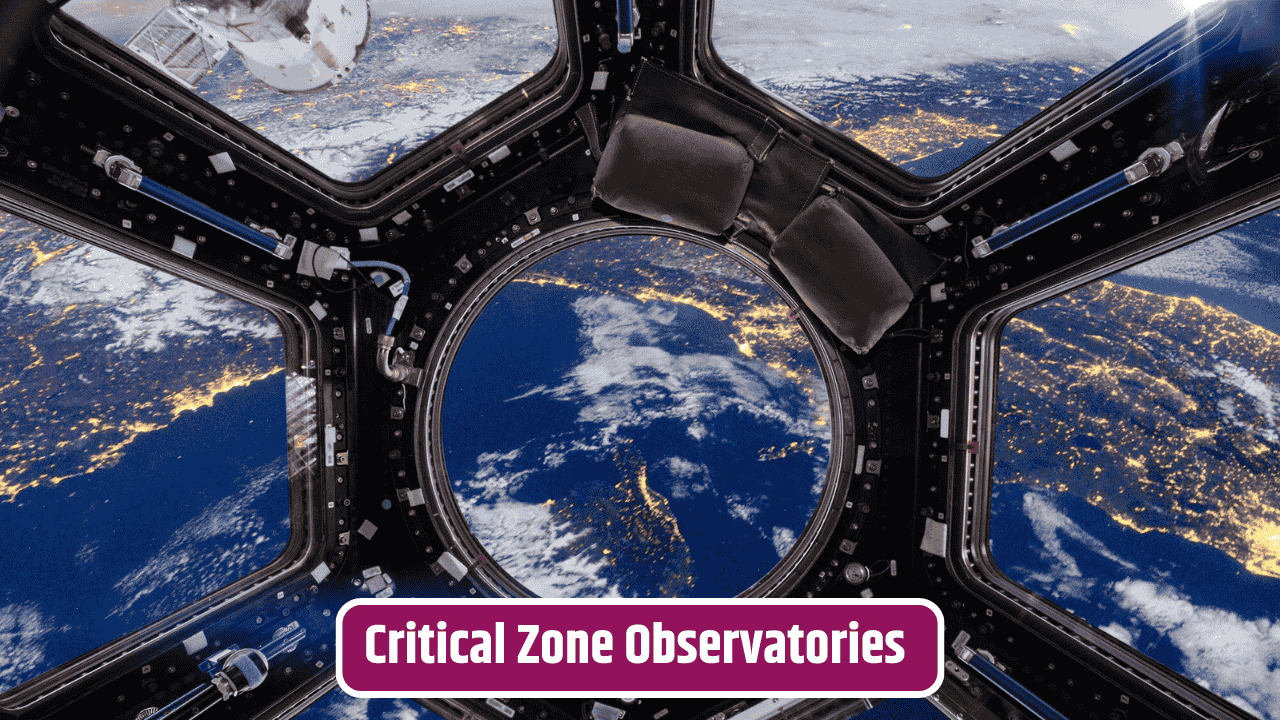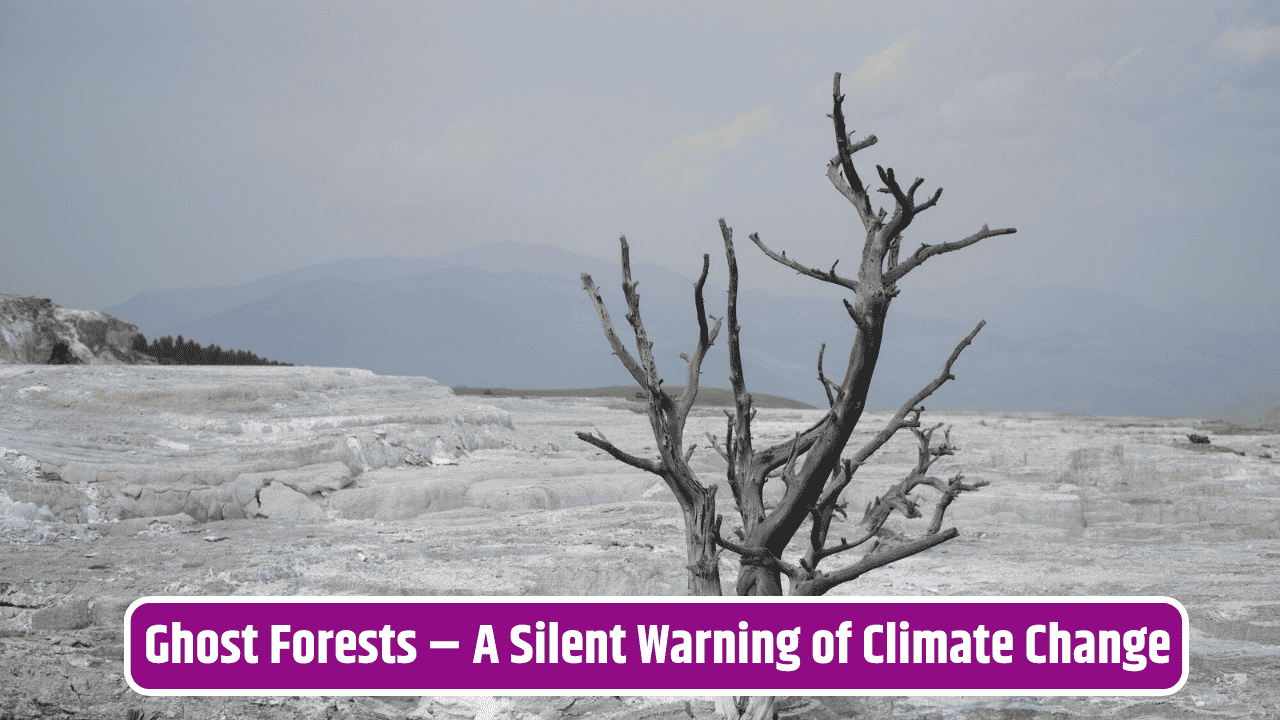Most people never stop to think about the hidden machinery behind the fight against zoonotic diseases—the kind of viruses and bacteria that jump from animals to humans. But tucked away in offices, labs, and endless Zoom calls is a team that quietly keeps the global network humming: the Coordinating Hub of the Collaborating Centre for Zoonotic Net (CZNet). It’s not flashy, no headline-grabbing vaccines or Nobel Prize announcements, yet their work connects scientists from every corner of the world, making sure critical information doesn’t just get collected but actually gets to the people who can use it.
Table of Contents
What Exactly Is the CZNet Coordinating Hub?
Think of it as the command center of a giant, global WhatsApp group—except instead of memes, they’re swapping data on emerging diseases. The hub’s main role is to support the Centers for Disease Control and Prevention (CDC) and global partners under the One Health umbrella, which basically means recognizing that human, animal, and environmental health are all tangled together.
The hub doesn’t conduct all the research itself. Instead, it acts like a central nervous system: organizing, funding, troubleshooting, and creating connections so that research in, say, Uganda, can instantly inform health officials in Brazil or policy experts in Brussels. That coordination helps avoid duplication and keeps research aligned with pressing threats.
The Global Reach: From Field Samples to Policy Tables
Let’s say a scientist in Southeast Asia detects unusual flu strains in wild birds. Alone, that data is just an interesting note in a lab book. But when plugged into CZNet’s system, it becomes part of a larger puzzle. Suddenly, virologists in Europe and policymakers at the World Health Organization (WHO) are paying attention, preparing models, and even adjusting preparedness plans.
This is the magic of the hub—making sure small discoveries don’t get lost but instead shape big decisions. The Coordinating Hub has helped:
- Standardize zoonotic surveillance methods so countries aren’t all “speaking different languages” in their data.
- Support global databases where information can be stored and compared.
- Fund workshops and training that raise capacity in lower-income countries, giving local researchers a stronger voice in global health conversations.
Why This Matters for Ordinary People
Most of us aren’t microbiologists, but the ripple effect of this work touches everyone. The COVID-19 pandemic hammered home the reality that a virus emerging in one region can circle the globe in weeks. Strengthening the systems that catch and flag threats early is essentially like investing in an international smoke alarm. You may never hear it, but you’ll be glad it works.
The Coordinating Hub also influences how governments invest in prevention. Instead of constantly reacting (which costs billions, as seen during 2020–2021), coordinated planning makes it possible to cut risks before they explode. According to the CDC’s One Health resources, preventing zoonotic spillovers is far cheaper and more effective than crisis response.
Challenges Behind the Curtain
Of course, it’s not all smooth sailing. Coordinating across dozens of countries means navigating bureaucracy, funding gaps, and sometimes even political tension. Data sharing can be tricky—countries want to protect their own interests, especially if disease reports might trigger trade restrictions.
Then there’s the human factor: burnout is real. Imagine trying to align researchers, labs, NGOs, and policymakers spread across time zones and languages. The hub’s staff often act as diplomats as much as scientists, keeping everyone at the table and talking.
A Quick Look at the Hub’s Contributions
| Area of Impact | What the Hub Does | Real-World Example |
|---|---|---|
| Data Sharing | Builds platforms for cross-country info exchange | Early bird flu alerts moving from Asia to Europe |
| Training & Capacity | Funds workshops and mentoring | Training local vets in Kenya on zoonotic diagnostics |
| Policy Influence | Bridges research to decision-makers | Feeding into WHO pandemic preparedness guidelines |
| Research Coordination | Avoids duplication and unites efforts | Linking U.S. and African labs for joint studies |
| Public Awareness | Promotes One Health communication | Campaigns on rabies prevention in rural areas |
Looking Ahead
With climate change pushing wildlife and humans closer together, the risk of zoonotic diseases isn’t shrinking—it’s expanding. That makes the CZNet Coordinating Hub more than just a back-office function. It’s becoming one of the most crucial players in safeguarding the future. The challenge will be keeping funding steady and ensuring trust across borders, but if recent history taught us anything, global health is only as strong as its weakest link.
FAQs
What does CZNet stand for?
It refers to the Collaborating Centre for Zoonotic Net, a global initiative focused on zoonotic disease research and coordination.
Is the Coordinating Hub a physical location or a virtual network?
It’s a bit of both—there are offices and staff, but much of the coordination happens virtually across multiple countries.
How does CZNet connect with the WHO?
The hub often feeds data and research outcomes into WHO’s frameworks for pandemic preparedness and One Health initiatives.
Who funds the hub?
Funding comes from a mix of U.S. government (including CDC support), international donors, and sometimes regional health organizations.
Why should non-scientists care about this?
Because early detection of diseases reduces the risk of global pandemics, saving lives, jobs, and trillions in economic costs.










